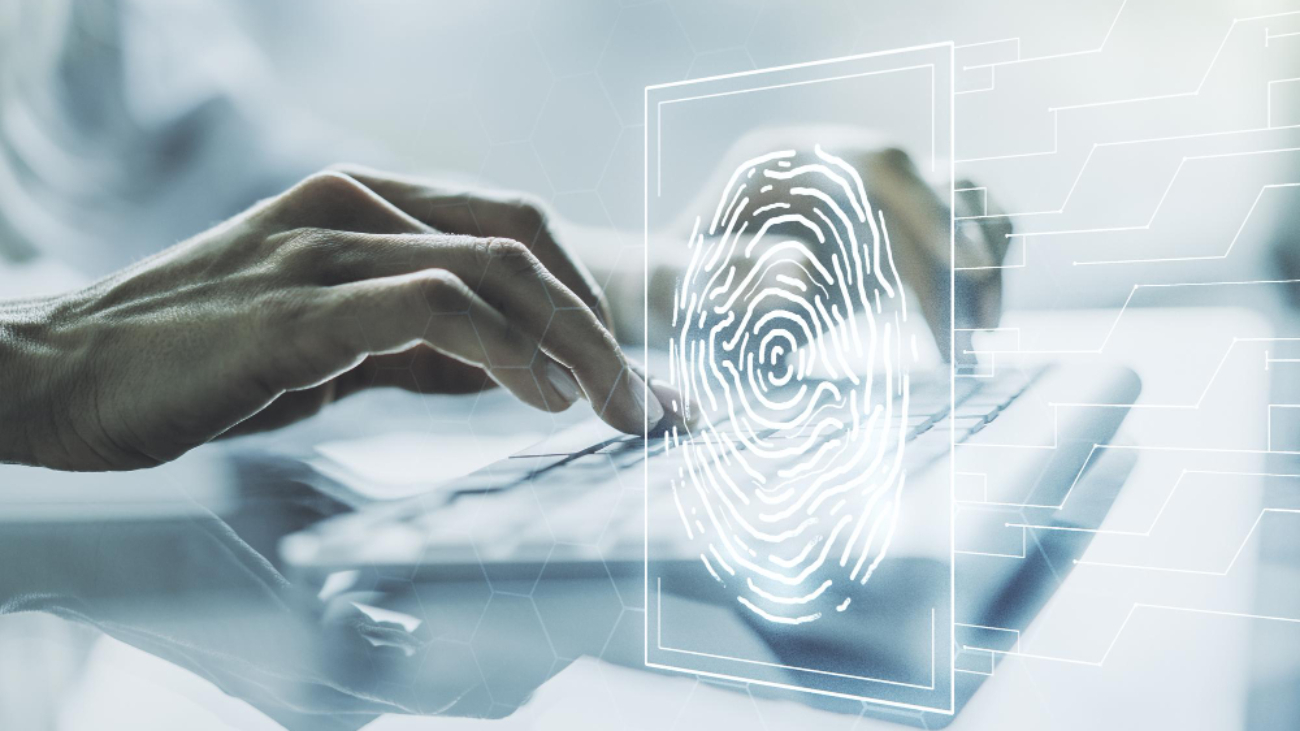Digital identity management is a key issue in today’s business world observed by Bahaa Abdul Hadi. Businesses need to have a well-defined system for identity management, so they can ensure the highest level of security. With many security threats around, it is important to follow the best system. Here are some of the best practices that businesses in 2024 can follow for effective identity management.
Best practices for Digital Identity Management
- Zero trust approach
The zero trust approach works on the principle of not trusting and always verifying. Generally, identity management systems remember users and do not verify them. In zero trust, regular verification is done to ensure. This is a best practice that ensures accounts not used regularly cannot be exploited by hackers.
- Biometrics
The best system for digital identity management is one that uses biometrics. It is a foolproof way of identifying and authenticating users. Biometric factors like facial recognition, fingerprint scanning, iris scanning, and voice recognition are easy to implement. With features like liveness detection, it is not possible to spoof the system. It is a best practice to following in 2024.
- Protecting high value assets
Businesses should identify their high value assets or their most valuable data. This would include sensitive data, including financial and user data. Policies then need to be made to regulate access to this data and record user history to the last keystroke. This best practice helps in preventing losses due to security breaches.
- Define policies
Apart from access control policies, other policies need to be clearly defined. This includes the password policy. Security threats can occur when a user has a weak password. A policy to define how a password should be created is a best practice to follow. Using multi-factor authentication is another way of ensuring that any compromise to a password is not exploited easily.
- Workflow automation
Automation of identity management helps to prevent manual errors and makes the system highly secure. Common tasks that are done as a part of identity management like account creation, provisioning access, etc. can be automated for increased security. Automation also ensures there is a clear audit trail allowing for easy tracking of any issues.
- Regular audits
Frequent audits helps in ensuring policies and practices are followed. Audits also help in identifying loopholes and weaknesses, so they can be bridged. Making an audit schedule and following it ensures this best practice is effectively implemented.
Thank you for your interest in Bahaa Abdul Hadi Blogs. For more information, please visit www.bahaaabdulhadi.com.







